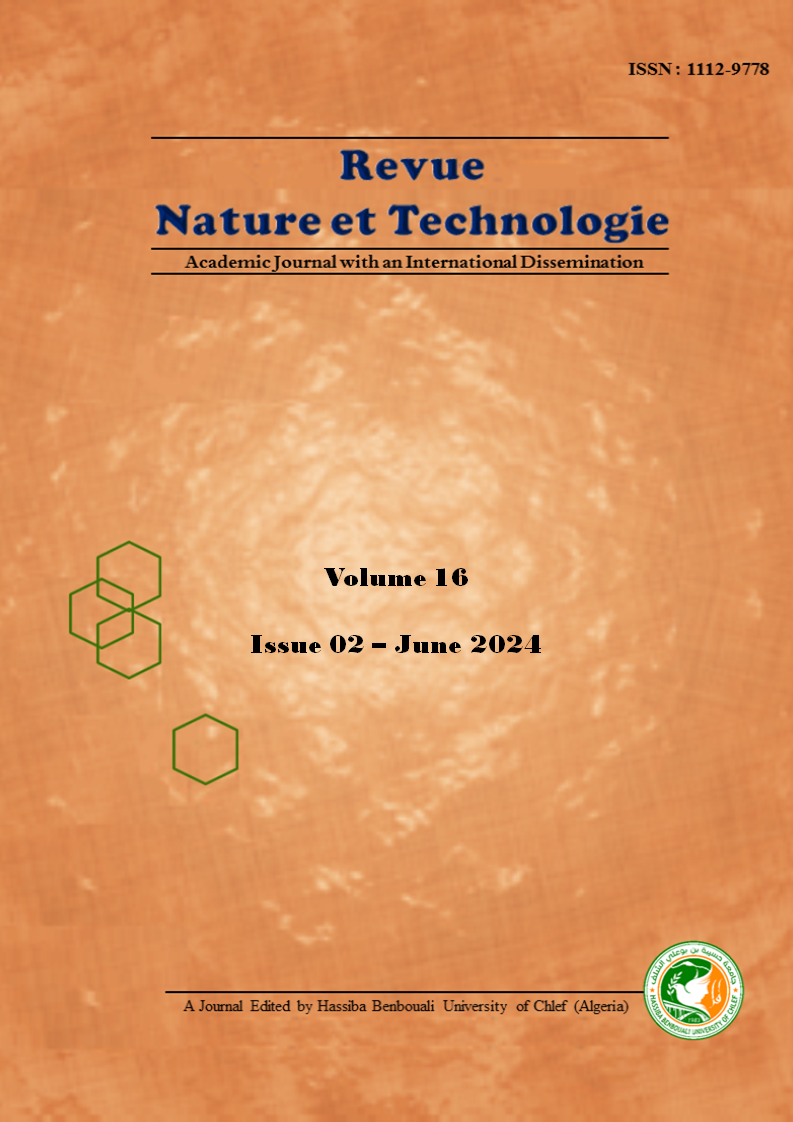Diversité et structure de la strate arborée des formations forestières dans le nord des monts Atakora au Togo
Tree layer diversity and structure in forest formations of northern Atakora Mountains, Togo
Abstract
This study was carried out in Togo's ecological zone II, on Mount Atakora. It aimed to determine the diversity and demographic structure of woody species. Forest inventories were conducted on 69 circular plots of 20m radius. Altogether, 102 species were identified. These belonged to 77 genera and 32 families. The most common species were: Lannea acida (53.62%), Vitellaria paradoxa (44.94%), Burkea Africana (43.48%) and Daniellia oliveri (43.48%). The most represented families are Fabaceae (27 species) and Combretaceae (10 species). Four plant communities have been discriminated. The analysis of the identified plant communities showed a density of 202 stems/ha in riparian forests, 360 stems/ha in tree savannahs, 286 stems/ha in open forests and 236 stems/ha in shrub/tree savannahs. An "inverted J" shape characterizes the diameter structure. This indicates that small stems dominate. The distribution of stems by height class showed a positive asymmetric distribution in riparian forests, wooded savannahs, tree/shrub savannahs and open forests. This reflects the dominance of medium height individuals. Undergrowth is abundant in riparian forests and tree savannahs (53.43% and 56.30%) and average in wooded savannahs and opens forests (32.75% and 30.89%). Regeneration is high in riparian forests (66.24%), average in wooded savannahs and shrub/wooded savannahs (45.34% and 36.94%) and low in open forests (22.31%). The low regeneration rate in wooded savannahs and open forests could be due to anthropogenic threats.

Downloads
Published
How to Cite
Issue
Section
License
Copyright (c) 2024 Revue Nature et Technologie

This work is licensed under a Creative Commons Attribution 4.0 International License.
- All publications of "Nature & Technology Journal" are available under CC-BY Creative Commons Attribution 4.0 International which allows sharing, copying, reproduction, distribution, communication, reuse, adaptation by all means, in all formats and under all licenses.
- Any exploitation of the work or derivative works, including for commercial purposes, is possible. The only obligation is to credit the creators of the authorship of the original works, to indicate the sources and to indicate if modifications were made to the works (obligation of attribution).
This License gives:
- Nature & Technology Journal the right to develop, promote, distribute and archive the article set cited above (including, without limitation, the right to publish the work in whole or in part in any form whatsoever) and ensure the widest dissemination.
- The author (s) reserves the right to use all or part of this article, including tables and figures of his own works, providing that the appropriate recognition is given to the publisher as the holder of the copyrights, and the right to make copies of this article for its own use, but not for sale.




